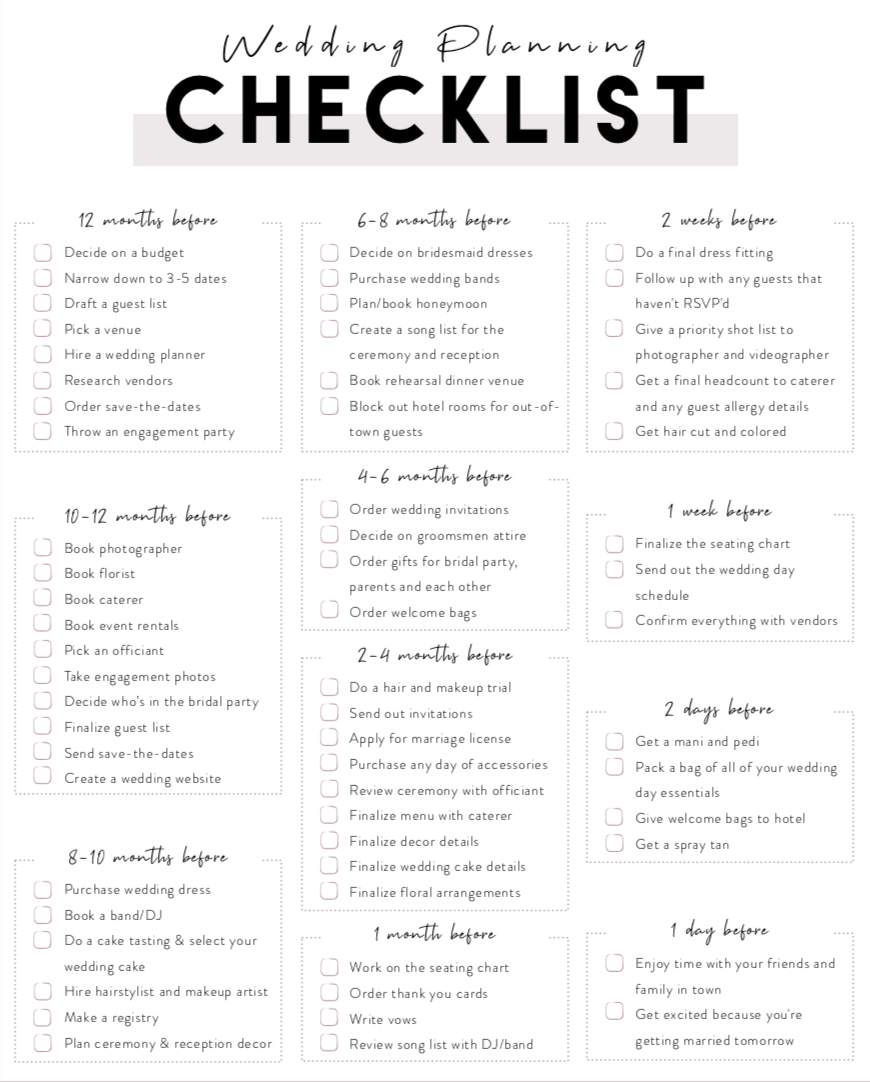
How to plan an Indian wedding in the best way?
First of all, congratulations on your wedding being fixed. From the moment that ring slipped onto your finger, your world has been infused with a special kind of magic—a magic that’s all about love, connection, and the promise of a future filled with shared adventures. The journey to your big day has just begun, and it’s going to be an incredible ride.
When we say an Indian Wedding, it is not just any other wedding. It is absolutely going to be a big fat one. Weddings, as we all know, are nothing less than a festival in India. If you are reading this article, this means you’re going to plan a wedding soon. A wedding is an event which everyone dreams of from childhood. No one can take any chance when it is about the execution of your D-day. So hold on to your breath and read this article till the end to know some amazing tips to decode the formula for stress-free planning of your once-in-a-lifetime moment, i.e., your “THE WEDDING”.
Planning a wedding is not a cakewalk and doing this alone can take a toll on you. Remember that failing to plan can mean in the end planning to fail. Having a checklist ready in your hand can help you to understand and sort out all the arrangements and bookings that you need to make before time. Having a checklist ready months before the actual day can save you from the unnecessary excuses of vendors and high prices.
When to prepare this wedding checklist?
The ideal timing for preparing an Indian wedding planning checklist depends on the type of wedding you are planning. For destination weddings, we recommend you prepare the checklist around 8 to 12 months before the event. This gives you ample time to make arrangements and make reservations for venues, book accommodations, and catering. If you’ll have a wedding within a traditional wedding hall locally, start 4 to 6 months earlier to create a comprehensive checklist. This allows you to coordinate with the vendors, finalize guest lists, and organize various aspects of the wedding.
However, it is worth noting that some weddings happen with shorter notice, such as within a month or two, while others have a longer planning period of up to 1-2 years. Regardless of the timeline, one must create a checklist as early as possible to gain a broader perspective and ensure all necessary tasks. The key to a successful event is to have a well-structured checklist in place. This will help you stay organized and ensure that all important aspects of your wedding are addressed.
Checklist for your Indian Wedding
Step 1: Determine Your Budget
Start your wedding planning by setting a realistic budget. Discuss with your family and decide how much you want to spend for aspects like venue, catering, decor, clothing, and lighting. Allocate your funds wisely, while prioritizing the elements with the most significance.
Step 2: Create a Guest List
Compile a guest list including family members, friends, neighbors, colleagues, and other important individuals you want to invite. Indian weddings are often with large gatherings, so it’s essential to prepare the list beforehand and recheck it multiple times so that you do not miss any important person. Also, make accommodation arrangements for the guests on an early basis so that you don’t have to rush during the last hour.
Step 3: Select Dates and Venues
Consider the desired season and availability of key venues when selecting your wedding dates. Indian weddings often span several days, incorporating various ceremonies and events. Identify suitable venues that can accommodate the different functions, such as the engagement ceremony, sangeet, wedding ceremony, and reception. Keep in mind the capacity, ambiance, and convenience of your guests.
Step 4: Outfit and Accessories
Selecting the perfect wedding attire is an integral part of planning an Indian wedding. From the bride’s stunning lehenga and jewelry to the groom’s sherwani and accessories, pay attention to the intricate details and craftsmanship. Consider engaging professional designers or visiting reputable stores to find outfits that align with your personal style and cultural traditions.
Step 5: Decor and Theme
Designing wedding decor involves creating a visually appealing and culturally immersive experience for your guests. Choose a theme that resonates with your vision and personality, and collaborate with decorators who specialize in Indian weddings. Consider incorporating vibrant colors, traditional elements, and floral arrangements to set the right ambiance for each event.
Step 6: Catering and Menu Selection
Food plays a significant role in Indian weddings, and ensuring a delightful culinary experience for your guests is essential. Explore different catering options that can offer a diverse range of traditional Indian cuisine while accommodating dietary restrictions. Plan the menu carefully, including both vegetarian and non-vegetarian dishes, and consider popular regional delicacies to add an authentic touch.
Step 7: Entertainment and Music
Indian weddings are known for their lively music and energetic dance performances. Arrange for a professional DJ or a live band that specializes in Indian wedding music to keep your guests entertained. Don’t forget to plan for traditional performances such as bhangra, garba, or classical dances, which add a cultural flair to the celebration.
As the trend’s going on, make sure you’ve planned the way you want to walk down the aisle. You can make your entry in style while showing some moves on famous Bollywood songs or simply walk with a veil on your head alongside your siblings and parents.
Step 8: Photographers
Capture the precious moments of your wedding through professional photography and videography. Research and hire experienced photographers who are familiar with Indian weddings and can beautifully document the ceremonies, rituals, and emotions. Discuss your expectations and preferred styles with them to ensure you get the desired results.
Step 9: Wedding Invitations
Design elegant wedding invitations that reflect the theme and style of your wedding. Include essential details such as the dates, venues, and dress code, along with any special instructions for the guests.
Step 10: Bachelorettes
Just like any other ceremony or tradition in a wedding, bachelorettes are also important as these become a medium to help you relax for a bit and have a soothing and refreshing session with your friends. Since it’s the last day of your bachelorhood, you can enjoy it to the fullest with your favorite eatables, drinks, and music. You can plan a spa or grooming session at a salon or just enjoy it at a bar. The decision is all yours and the tribe’s. So plan accordingly and don’t forget to have a blast.
As you embark on the journey of planning your perfect wedding day, remember that orchestrating this special event involves a multitude of details and contributions from various people. Hence, to ensure that your wedding preparations unfold seamlessly, it’s crucial to adhere to a well-structured timeline. This comprehensive checklist outlines the significant tasks that must be accomplished leading up to your big day, along with the ideal moments to tackle each aspect of your wedding planning. By following this roadmap, you can navigate the path to your dream wedding with confidence and ease.


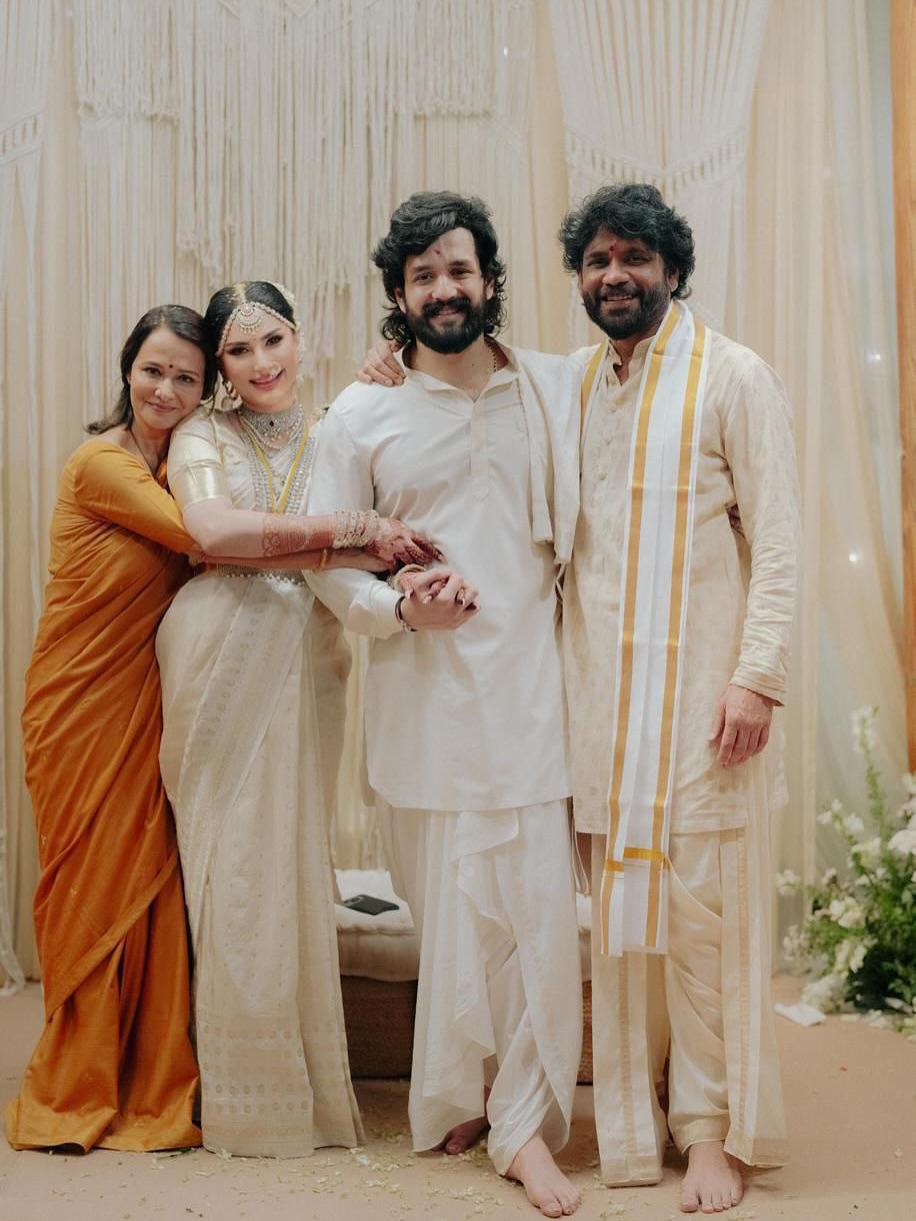
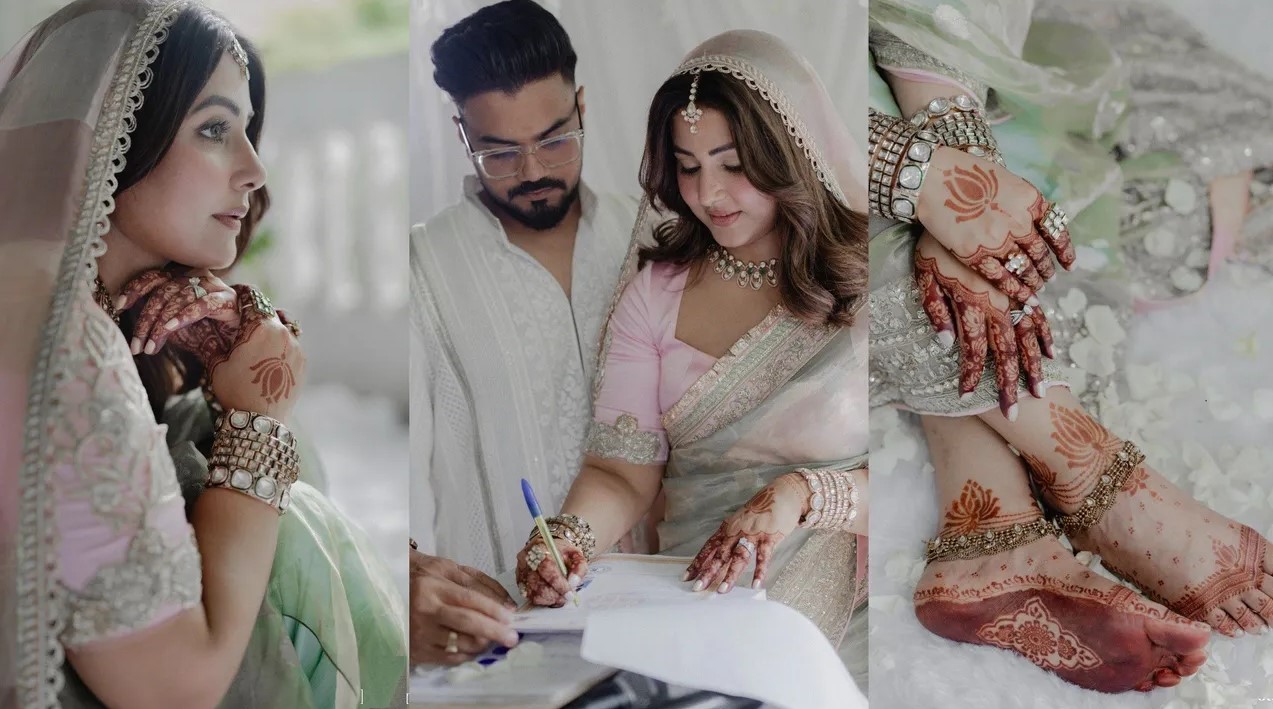
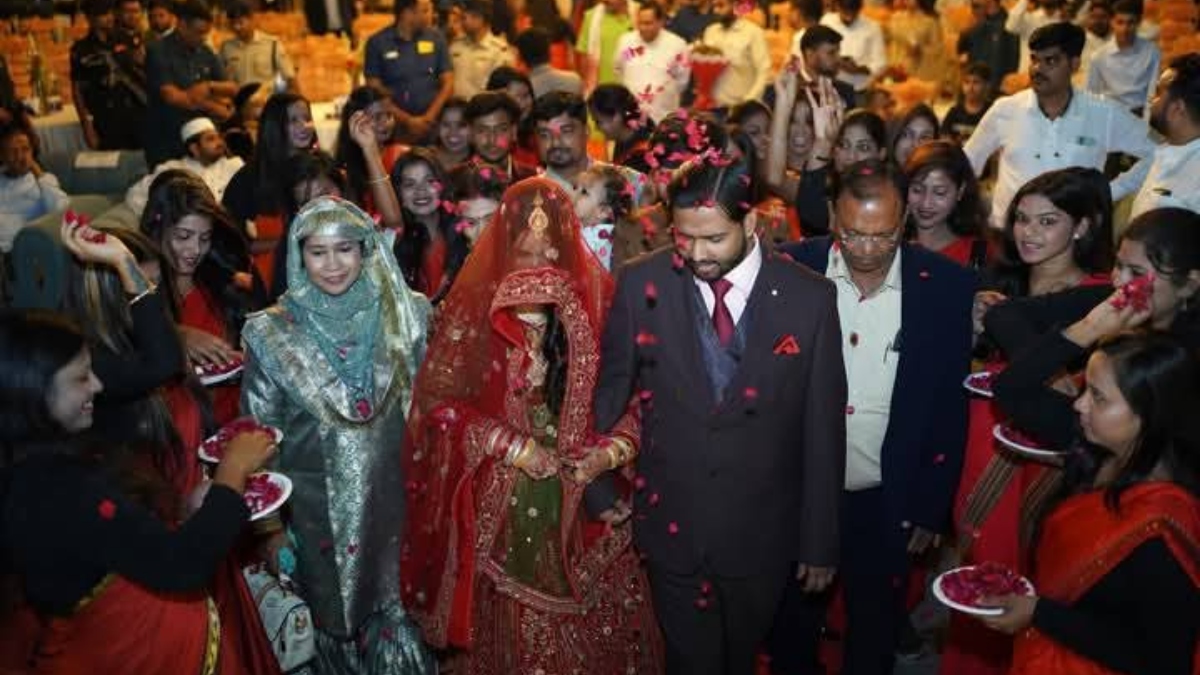
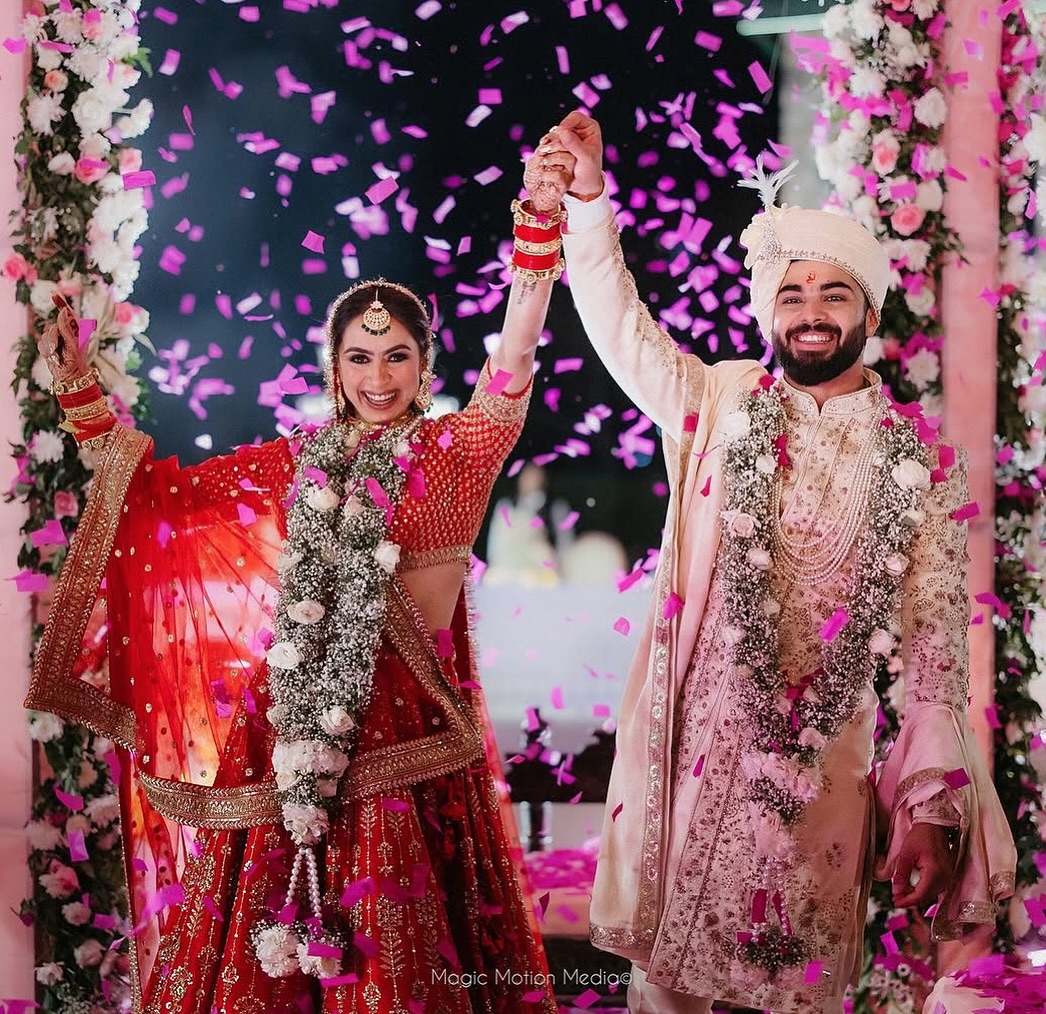
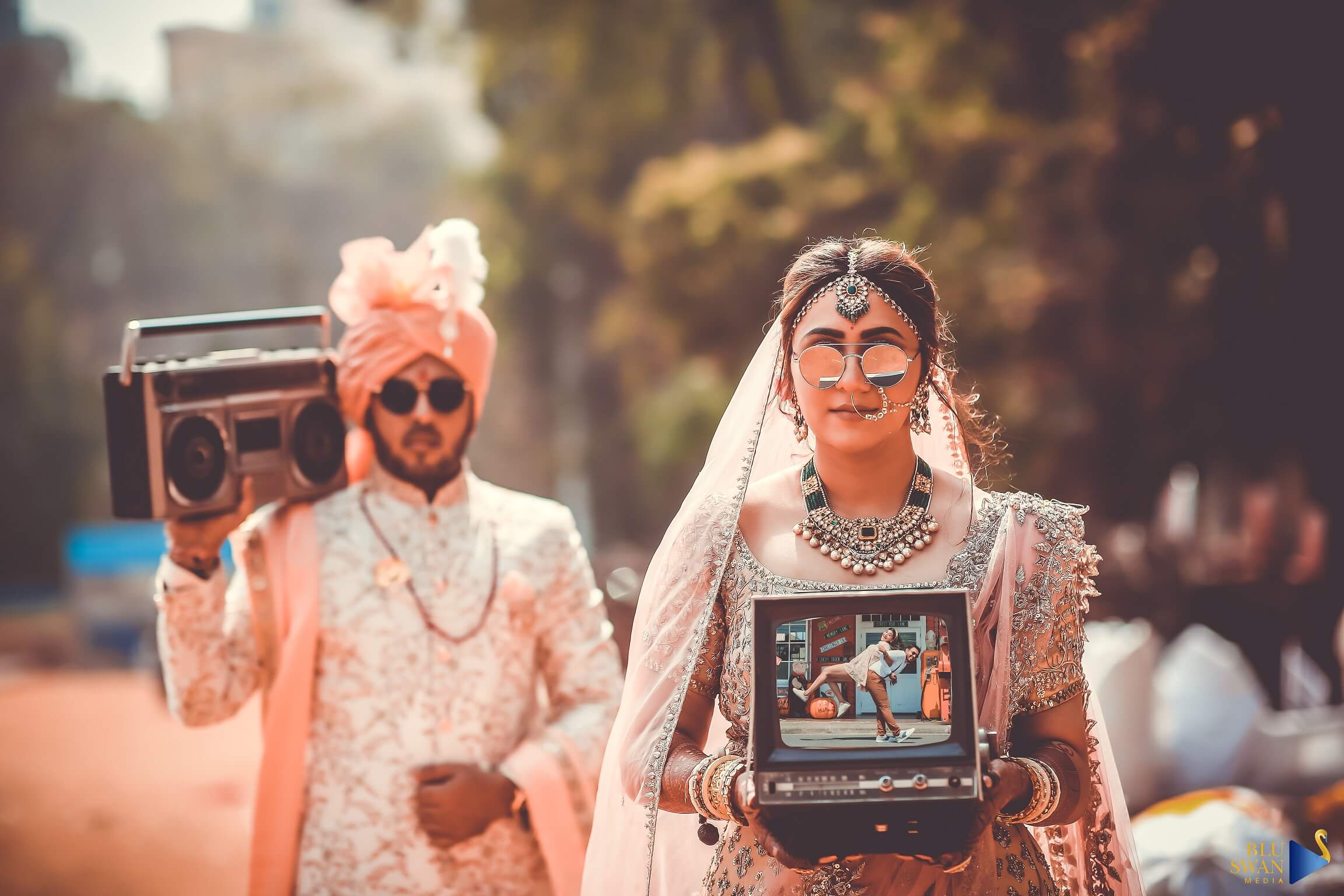
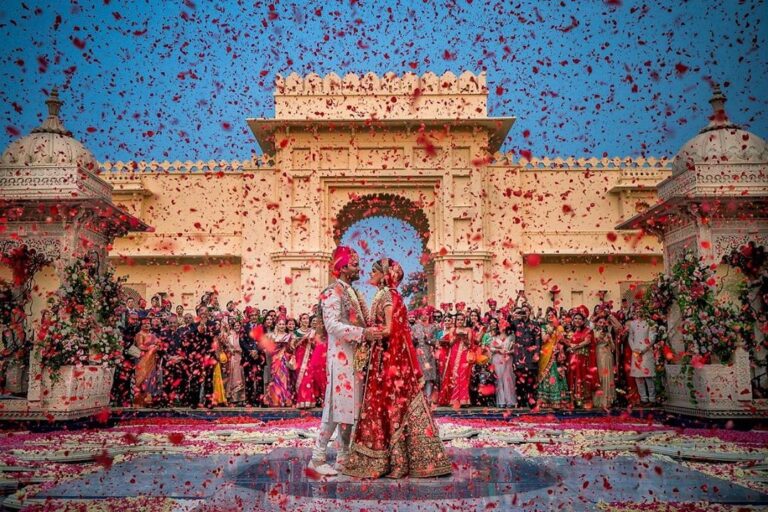
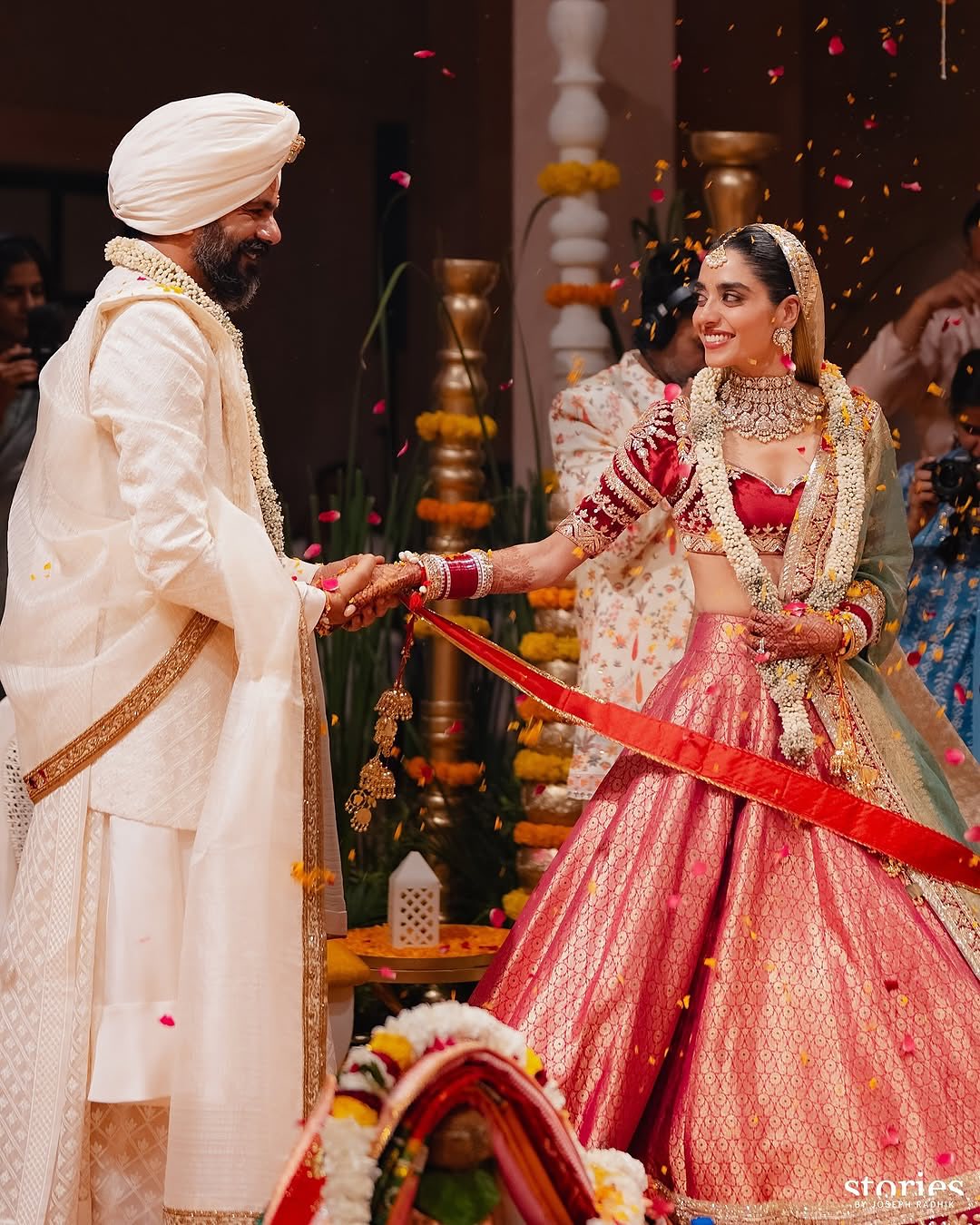
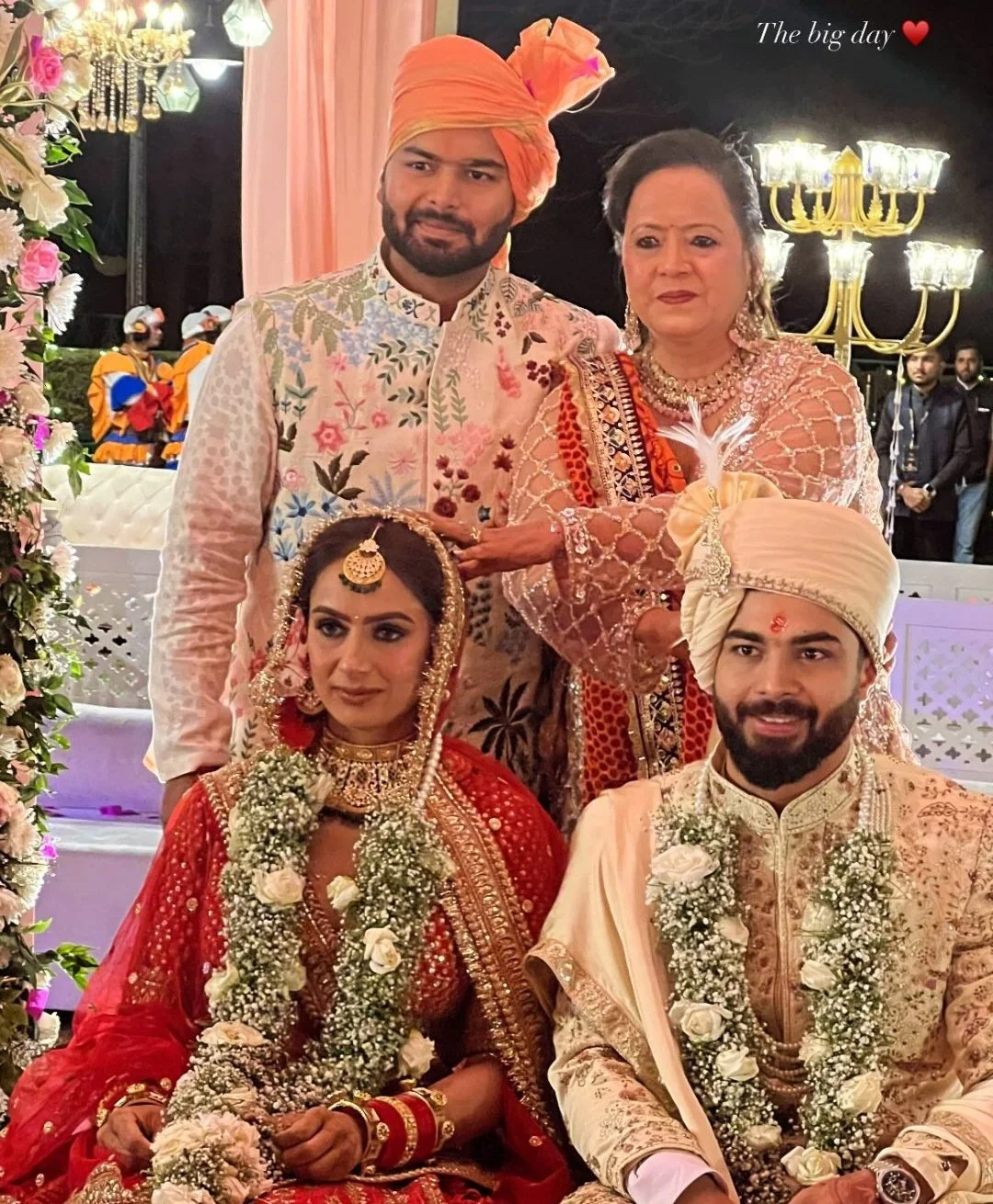
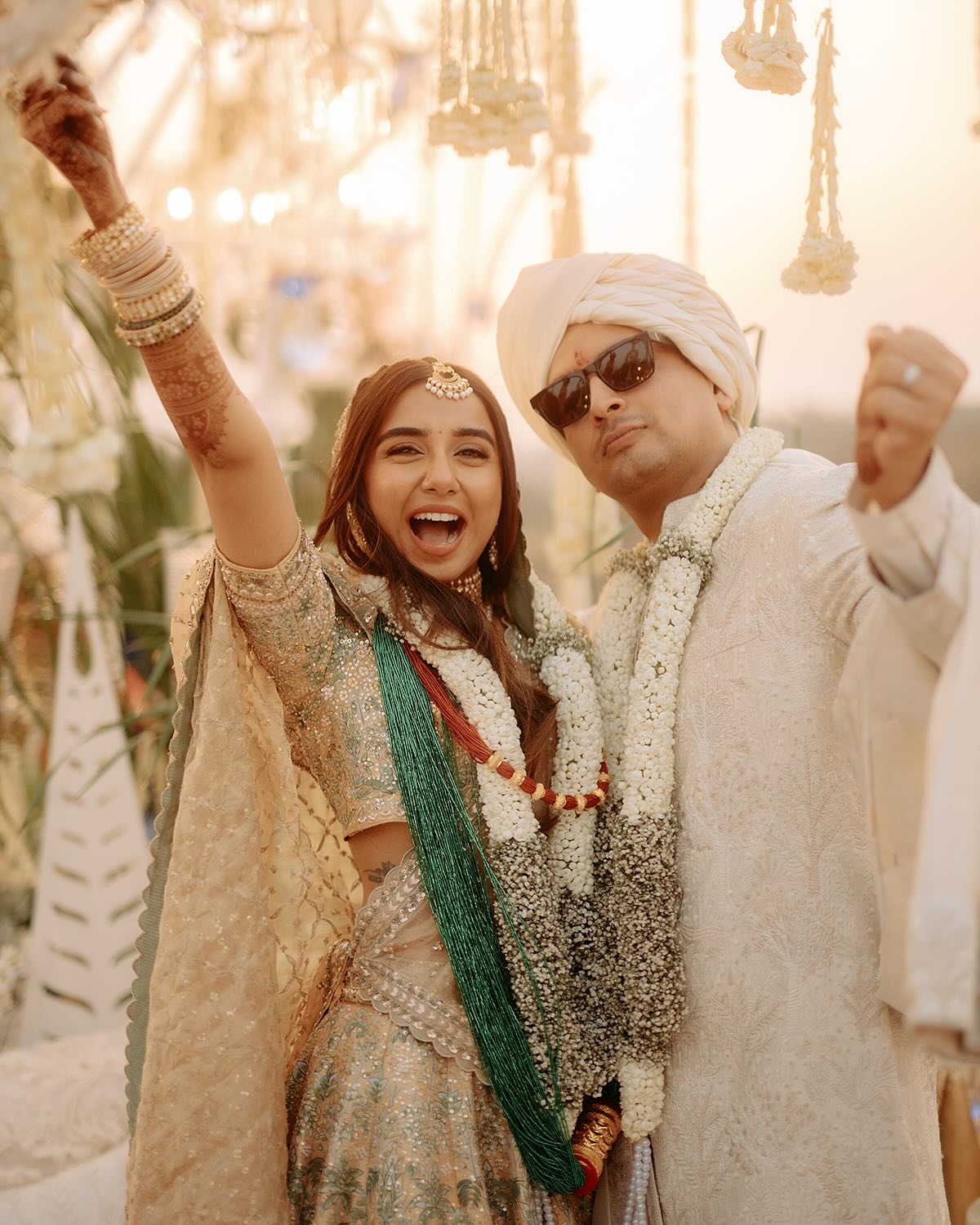
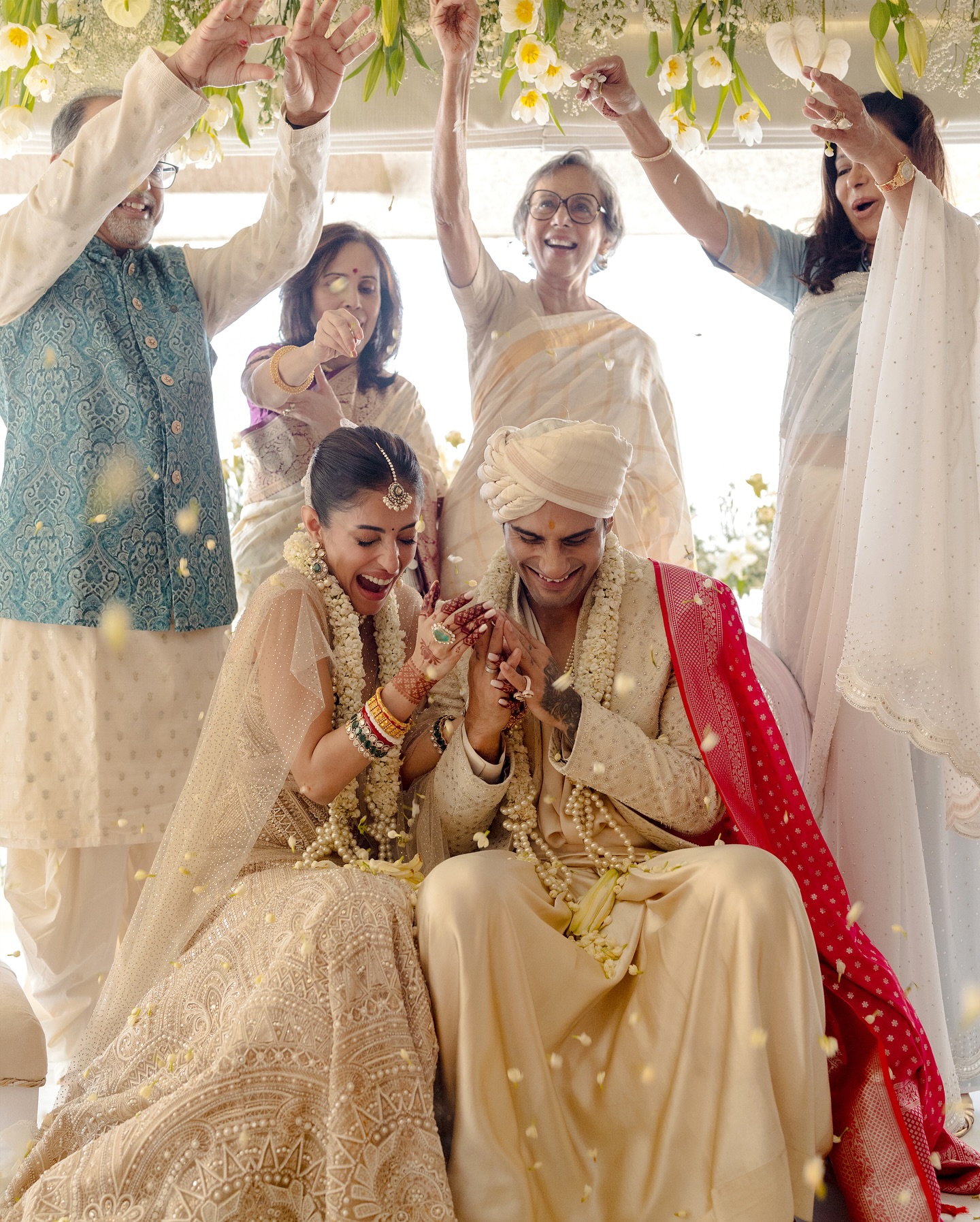


Your feedback